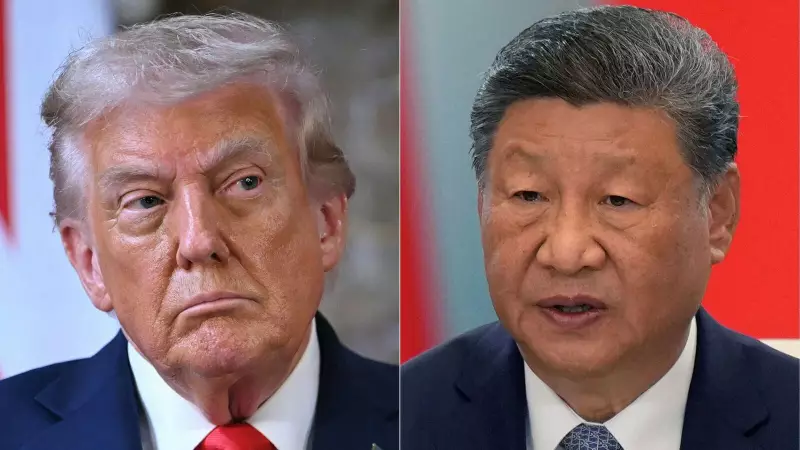
The escalating trade conflict between the United States and China is entering a dangerous new phase, with rare earth minerals emerging as Beijing's potential trump card in this high-stakes economic confrontation. These critical elements, essential for manufacturing everything from smartphones to electric vehicles and military equipment, have become the latest battleground in a war that's shaking global markets.
The Strategic Importance of Rare Earth Minerals
Rare earth elements aren't actually rare in geological terms, but their concentrated supply chain gives China unprecedented leverage. The Asian giant currently dominates global production, controlling approximately 80-90% of the world's refined supply. This monopoly position allows Beijing to weaponize exports should trade tensions continue to escalate.
These seventeen metallic elements have become the lifeblood of modern technology. They're crucial for:
- Smartphones and consumer electronics
- Electric vehicle batteries and motors
- Wind turbines and green energy technology
- Military equipment including fighter jets and guidance systems
- Medical imaging devices and healthcare technology
Economic Slowdown Adds Pressure
Both economic superpowers are facing domestic challenges that complicate the trade landscape. China's remarkable GDP growth has shown signs of moderation, while the United States grapples with inflationary pressures and supply chain vulnerabilities. This economic backdrop makes the rare earth threat particularly potent.
The timing couldn't be more critical as global manufacturers are already struggling with pandemic-induced supply chain disruptions. A restriction on rare earth exports would send shockwaves through multiple industries simultaneously.
Global Supply Chain Vulnerabilities Exposed
The current standoff has revealed fundamental weaknesses in global manufacturing dependencies. Many Western companies built their supply chains around Chinese rare earth availability, prioritizing cost efficiency over strategic security. This dependency creates a significant vulnerability that Beijing could exploit.
Countries and corporations are now scrambling to diversify their sources, but developing alternative supply chains requires substantial investment and time—two commodities in short supply during escalating trade conflicts.
The Path Forward: Diversification and Innovation
Several strategies are emerging to address this critical dependency:
- Accelerated mining projects in alternative locations including Australia, North America, and Africa
- Recycling initiatives to recover rare earths from electronic waste
- Technological innovation to develop substitutes or more efficient usage methods
- Strategic stockpiling by governments and major manufacturers
As investors and policymakers watch this situation unfold, the broader implications for global trade become increasingly clear. The rules of economic engagement are being rewritten in real-time, with rare earth minerals serving as both pawn and potential kingmaker in this complex geopolitical chess game.
The coming months will prove crucial as both nations weigh economic interests against strategic advantages, with the global business community caught in the crossfire of this escalating trade war.





